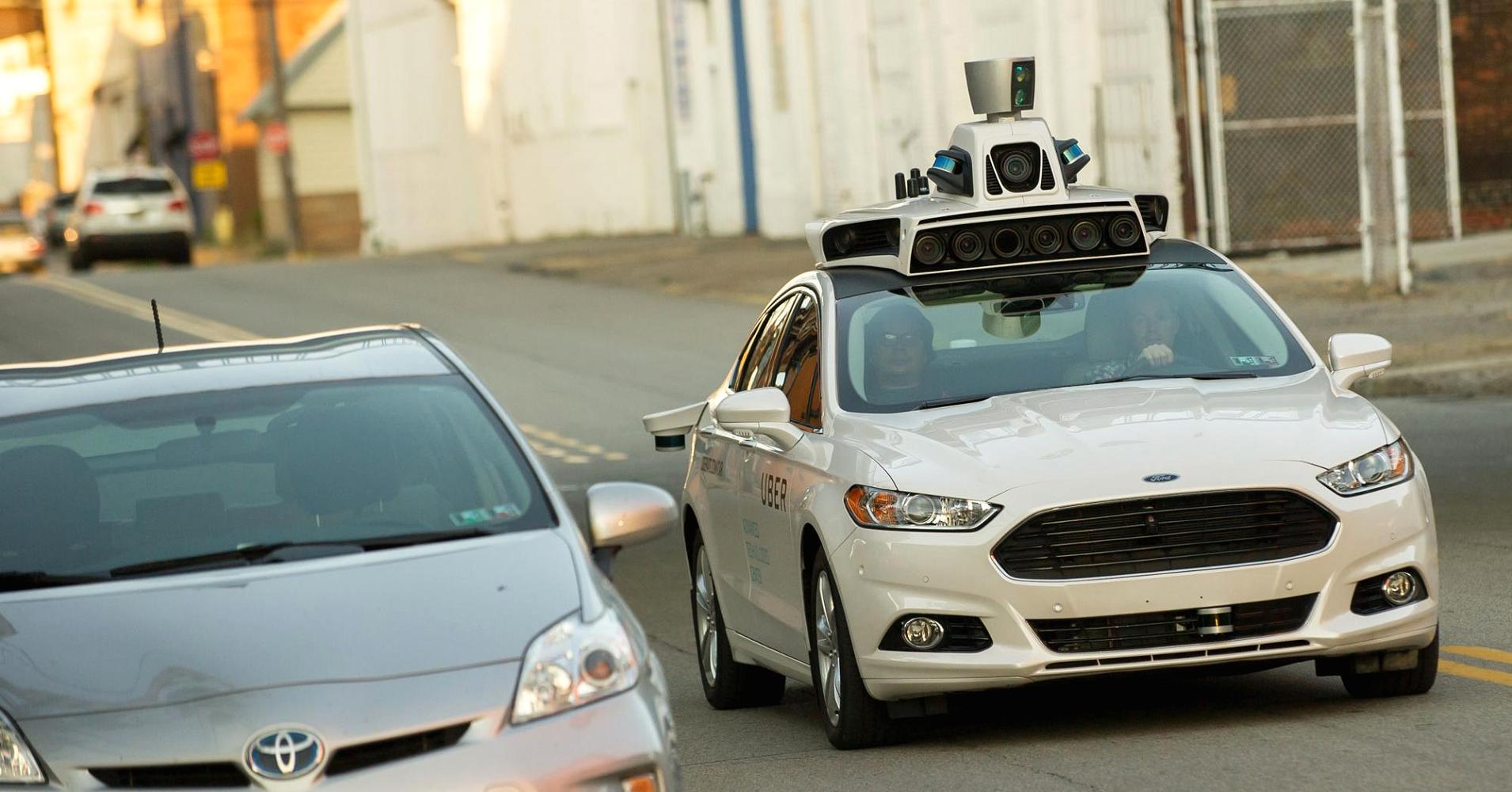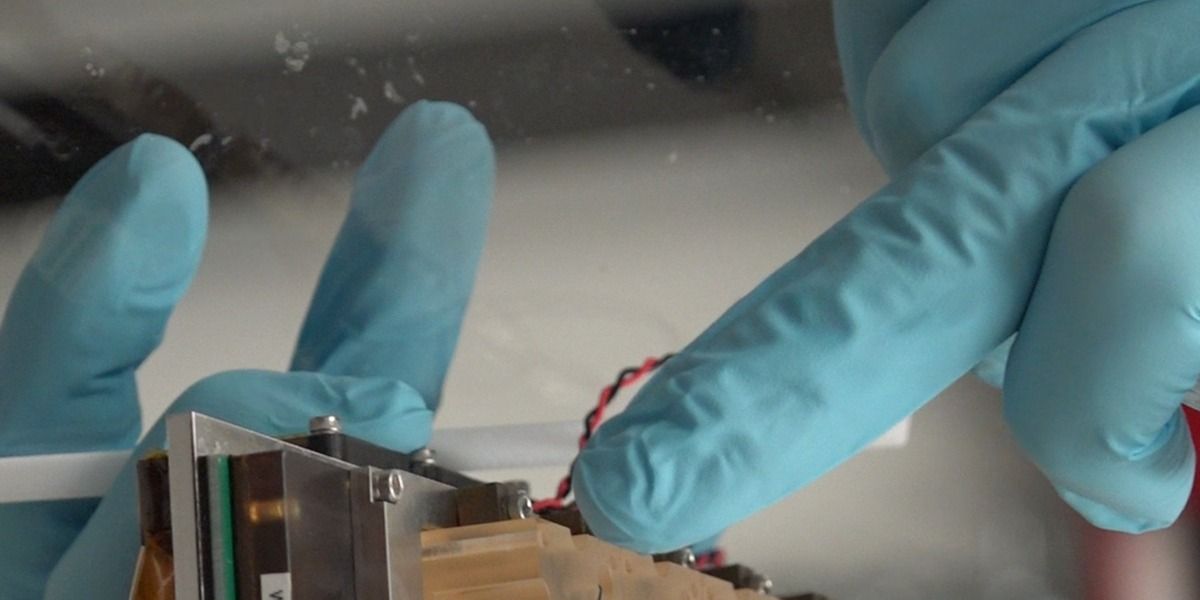Erika Ilves is an entrepreneur who does not let herself be limited by the size of planet Earth while there is a whole universe out there. ‘For now, we are developing and training our mining robots on Earth. But in less than a decade they will underpin mining operations on the Moon and beyond,’ she claims.
2008 Disney-Pixar animation WALL-E takes us to planet Earth in 2805, abandoned by people and covered in heaps of trash. There is only one cute robot left whose job is cleaning up the planet. In real life, we do not have to wait another 800 years to see this happen. Robots like this already exist. And if we treat our resources more reasonably, the picture might not turn out be as gloomy as depicted in the movie.
‘Personally, I do not believe we will be running out of resources any time soon. We have plenty of resources on Earth to last us a few centuries,’ says Erika Ilves, cofounder of OffWorld, a company that is developing a new robotic work force to enable the settlement of the solar system. But Erika would not want to be among the first humans to set foot on Mars. Before moving people to other planets, it might be wiser to send robots out there.







